10 Tips for sustainable mountain biking with respect for nature
tThe phrase "Leave no trace her than your footprints - take nothing home except memories (and waste)" is probably familiar to most outdoor sports enthusiasts - it has become a golden rule of conduct. It's about respectful behavior towards nature with its flora, fauna and wildlife as well as towards other people with whom we share nature for our outdoor experiences. Find out how to leave as few traces as possible in nature with respect and mutual consideration in our ten sustainable tips for mountain biking.
«Leave no trace other than your footprints - take nothing home but memories (and your waste).»
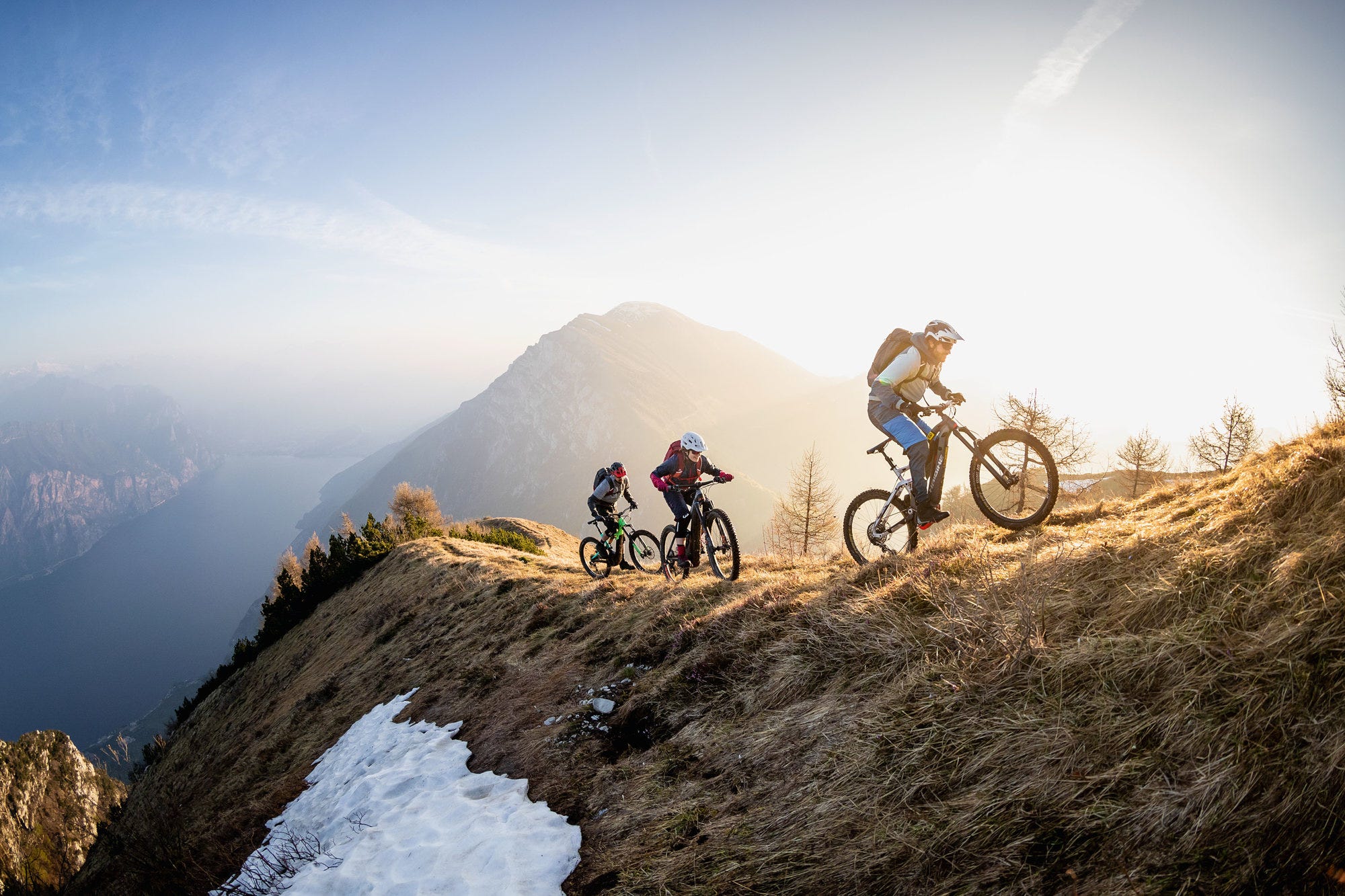

Sustainable mountain biking with respect & Consideration
Every human activity leaves traces in nature. This is especially true for outdoor sports! Especially mountain biking can cause a lot of traces if you ride carelessly. Unfortunately, this regularly leads to conflicts between mountain bikers and hikers, for example, but also to erosion damage, disturbance of flora and fauna or illegally created trails.
At the same time, sport is as much a part of life as breathing or eating. Cycling in nature and especially mountain biking makes us fit and happy. It lets us explore our surroundings, see them with completely new eyes and it promotes our enthusiasm for nature. It has a positive effect on coordination, balance and perception - and: it's just really fun!
If mountain biking is practiced consciously, the negative effects on nature and the environment are incomparably smaller than those of many other sports. But of course, this is no reason to sit back complacently and point at others. "Leave no trace" is a wise guiding principle. It's a goal we want to achieve and a challenge to us to think about what kind of traces we leave behind and how we can minimize them.
It starts with developing a sustainable consciousness ourselves.
The right action always starts with reflection. So making yourself aware of the impact your actions can have is at the beginning of every tour. If, in addition to the usual questions: Where do I want to go? What do I wear? What do I take with me? simply ask yourself a few additional questions before the next tour, and together we will have already achieved a lot. Ask yourself, for example:
- What footprints am I leaving behind?
- How can I reduce my ecological footprint?
- What can I do for a good cooperation while biking?
With mutual respect a fair cooperation succeeds
"Far from legal questions about ownership: nature belongs first to itself and yet is there for everyone. Therefore, always treat nature and other forest users with respect, this applies especially to "weaker" people such as pedestrians."
Tip 1: Allow pedestrians to pass by
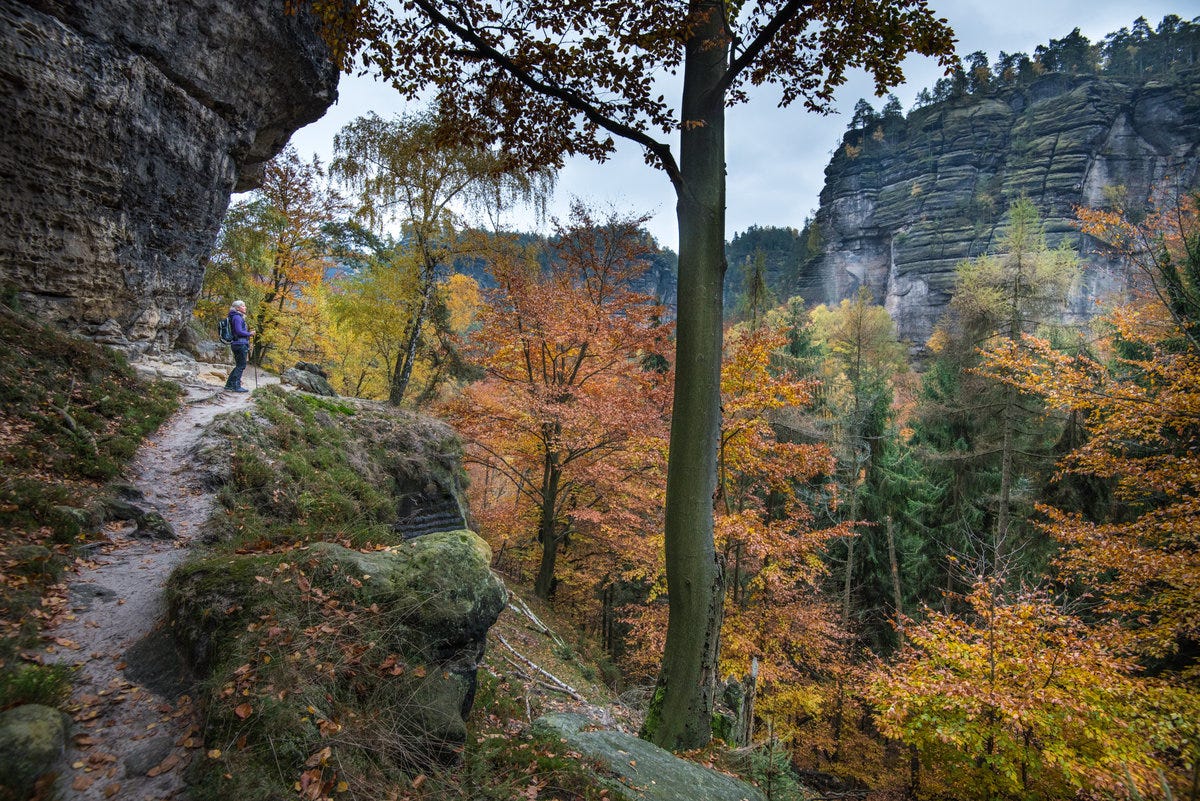

A typical situation in the forest or on the mountain: mountain bikers and pedestrians meet. Because it is supposedly "easier", the pedestrians stop, take a step to the side, let the bikes pass. The riders slow down to walking speed, greet them in a friendly manner, thank them and they are on their way in no time. This is good and is also recommended by the German Initiative Mountainbike (DIMB) in their Trail Rules (in german). But for pedestrians, this situation is repeated a dozen times a day, perhaps even more frequently. Over time, this gets very annoying.
On foot, you perceive your immediate surroundings differently than on a bike. Of course, this is mainly due to the slower speed at which you move. If this perception is permanently disturbed by the much faster bikers, it is hardly surprising that conflict potential arises.
Therefore: Just stop yourself, move your bike a bit to the side and call out to the oncoming traffic to pass. This applies all the more when children, elderly people or dogs are involved, who may be frightened even when passing slowly. The positive reactions are reward enough for the brief interruption in your driving flow.
Tip 2: Respect protected areas and closures
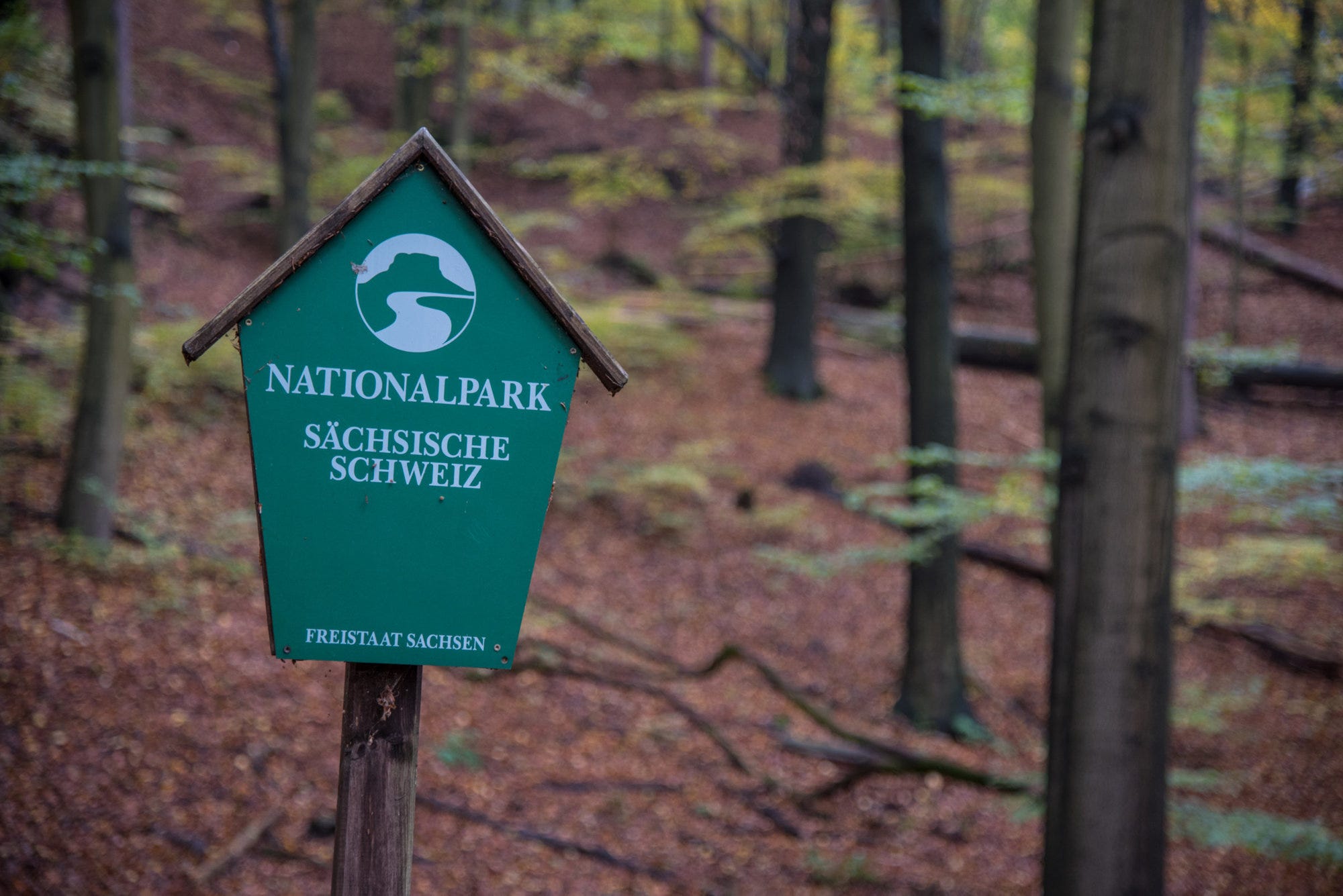

Some of our favorite trails are closed. This is painful, but usually has good reasons. These include wildlife protection, danger spots created after heavy rains, for example, or excessive use pressure that necessitates temporary closures. And even if the reasons are not immediately understandable, it doesn't help to get upset about it. Ignoring closures means a lack of respect and consideration, and in the worst case, it can lead to harm - so it's simply unnecessary. It also does the image of mountain biking no favors.
Another tip: simply take a closure as an opportunity to awaken your spirit of discovery, reschedule and spontaneously use other paths or get to know completely new trails - this can be a great enrichment.
Mountain biking in harmony with nature
Our sport leaves traces on trails - on alpine climbs as well as on soft forest soil. Let's keep them as small as possible together! The trail rules of the DIMB or the German Alpine Club (in german) are good guidelines to keep in mind when we are out and about. But we can do more:
Tip 3: Ride with foresight and adapt your speed to the trail
Please avoid locking wheels (except in emergency situations), because they damage trails. Even normal riding can put a lot of stress on trails, especially if the terrain is steep, the ground soft or the conditions wet. Therefore, avoid trails and wetlands that are already soggy and heavily rutted and let them "recover". This will also make other users happy.
In alpine terrain, braking or skid trails create optimal ruts for water to run off. This is how even hard ground erodes. Scandinavian Flick, Cutty, meter-long brake tracks or cutting curves: Even in the bike park, these riding techniques border on disrespectful to the people who maintain the trails. They have no place on natural trails and shared use paths.
Tip 4: Stay on trails when mountain biking
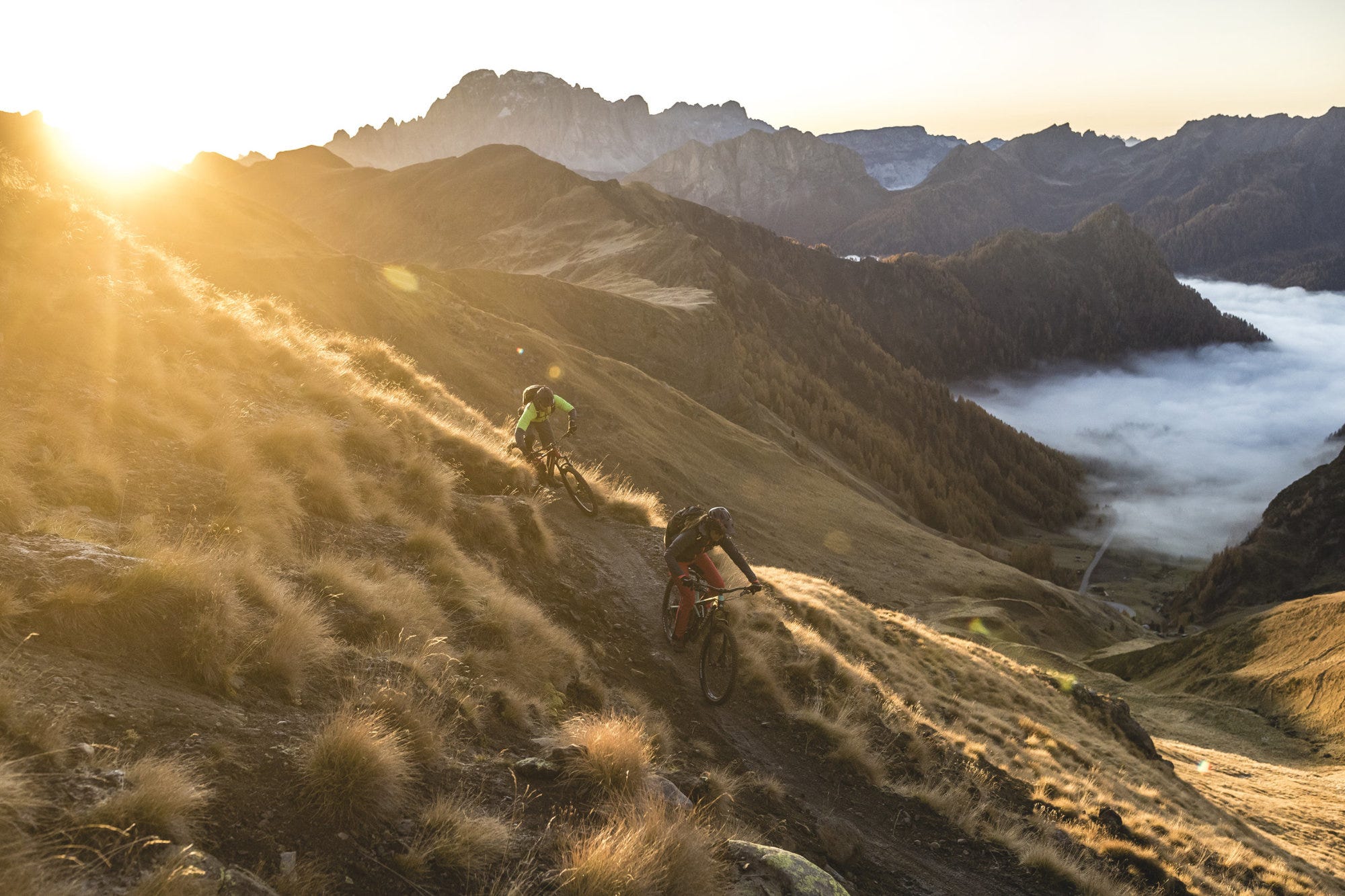

Cross-country riding is taboo. It causes soil changes and erosion, and deprives wildlife of their already rare places of retreat. Plus, you never know if you'll accidentally tear up a valuable orchid species or if the wooded area is the last breeding ground of the lesser spotted woodpecker in your area. Alpine meadows are especially worthy of protection. Because of the short growing season, they take years to recover.
This is especially true in national parks and nature reserves, because they are valuable refuges and protected areas for animal and plant species. Please be especially sensitive here and follow the local rules, especially trail bans and closures. Did you know? There is an interactive map (in german) for Germany where all protected areas can be displayed with one click.
General tips
Is that it? No - we can do a little more. And it won't hurt either. Promise!
Tip 5: Don't leave trash behind & take with you what does not belong in nature
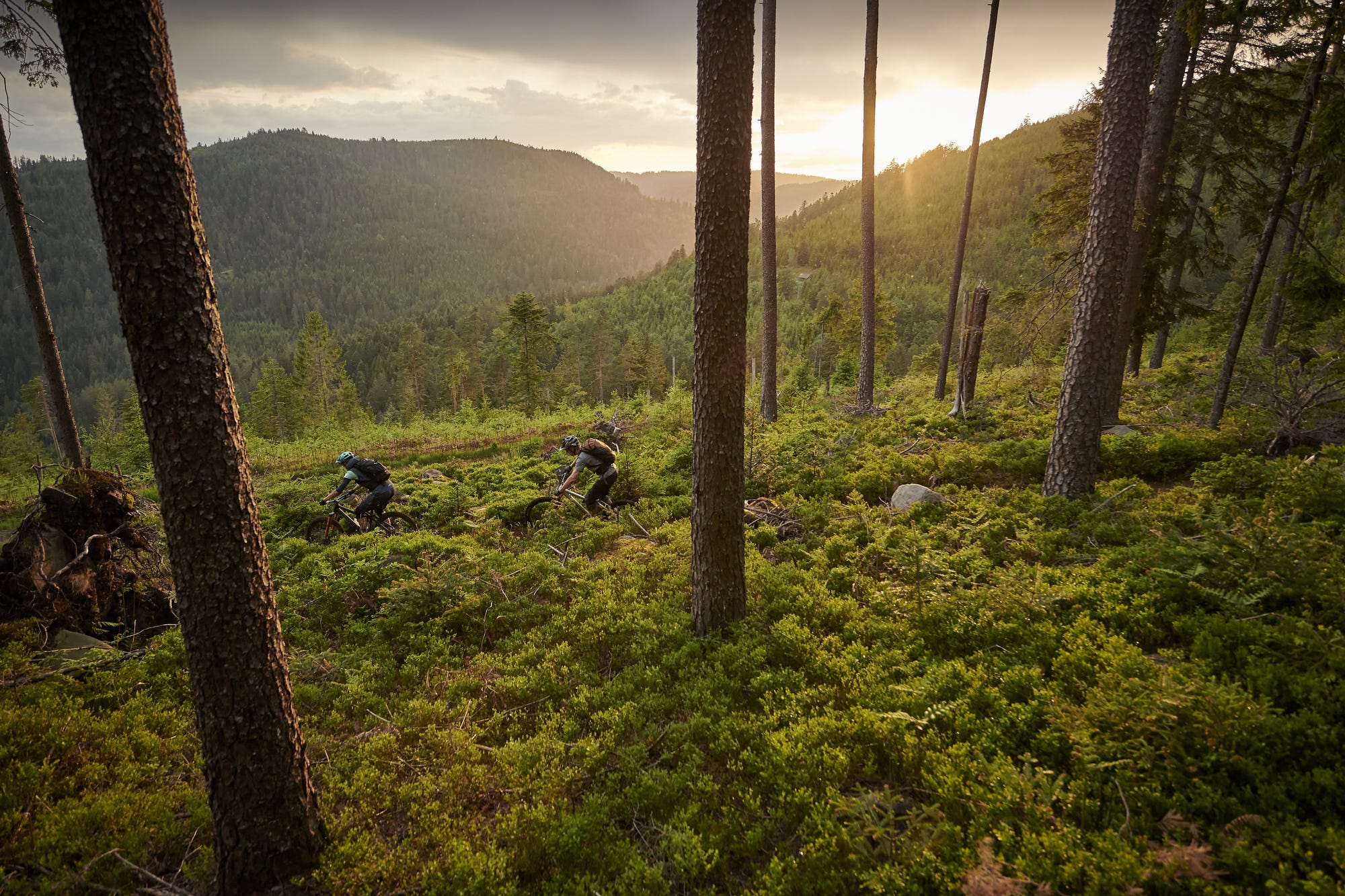

Here "Leave no trace" is a very practical instruction. Please do not leave any garbage in the forest. This will be easier, the more you take care to avoid garbage already during the planning. If you have a backpack, take a lunch box with you, for example. Garbage that cannot be avoided leaves nature the same way it came. And if you see other people's trash along the way, it's more useful to just take it with you instead of getting upset about it and continuing on your way.
As for other "leftovers": the more people are on the road, the more they stand out and become a nuisance: paper handkerchiefs that people have used for personal hygiene lie everywhere behind bushes and stones and sometimes take years to rot. Please just do without them or take them back to civilization in a small bag and dispose of them there.
Tip 6: Find the right time & place for your your tour
The big question: plan counter-cyclically or channel usage? "Avoid rush hours and go where no one is," say some. "Nature and wildlife need quiet times and retreats," say others. Both are correct. Here, two important goals are in conflict. Avoiding pressure of use on the one hand and letting nature be nature on the other. Around conurbations and heavily frequented recreational areas, it certainly makes sense to avoid rush hours and hotspots. In valuable natural areas and protected areas, on the other hand, and where there is little going on, it tends to relieve the pressure on nature to stay on the main paths and not to discover even the smallest, most hidden path - even if it is charming. The only thing that helps here is to think and find compromises.
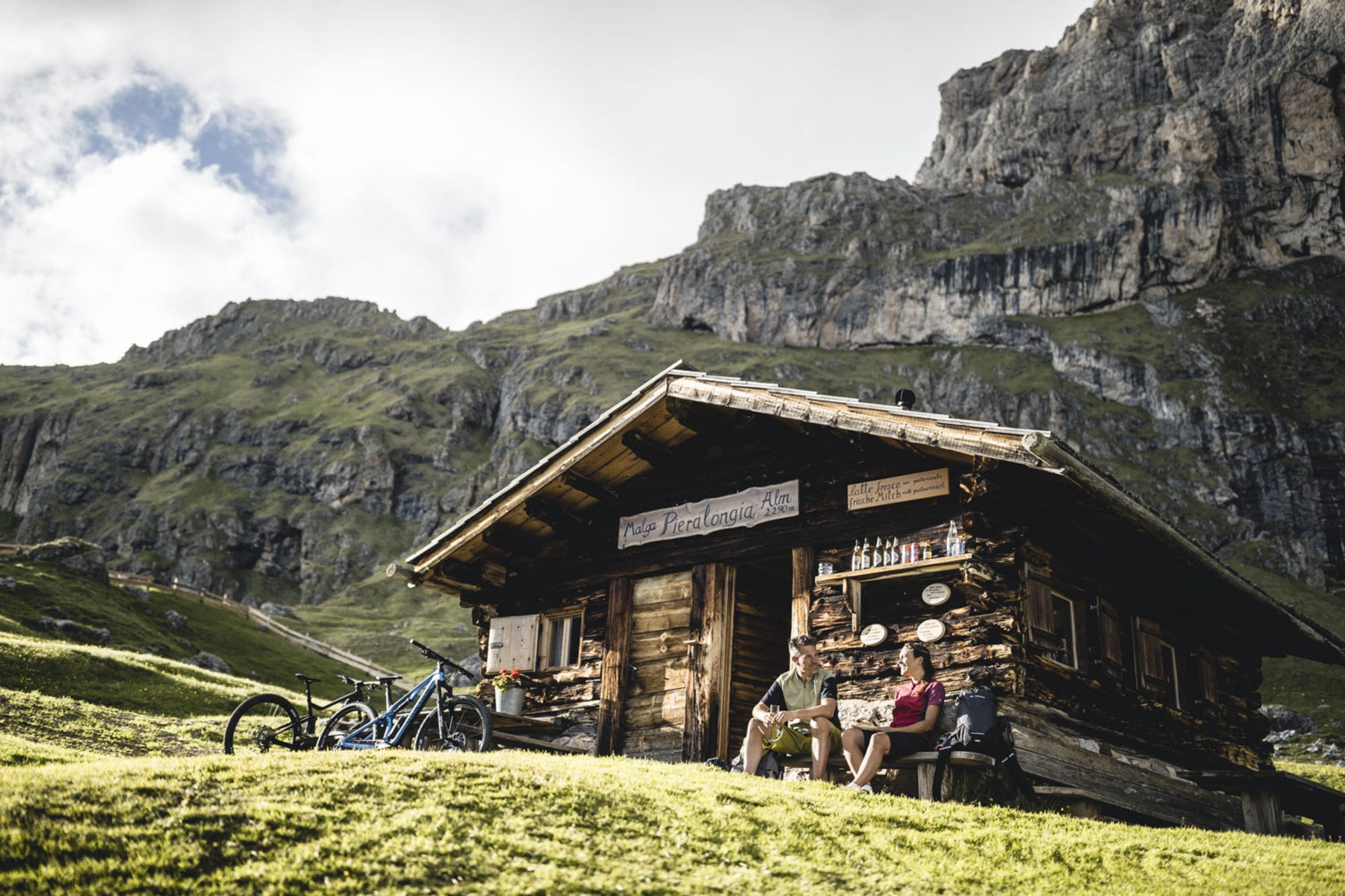

Environmentally friendly arrival and departure
Trails are not behind every residence and sometimes you want to see something else. Clear case: Arrival and departure are part of our sport. Out of curiosity, love of adventure and the urge to discover. At the same time, getting there and back always means climate-damaging emissions. The best way to avoid them is to "ride local." But even when we are on the road for biking, we can do a lot for our climate:
Tip 7: Use the train to get to the trail
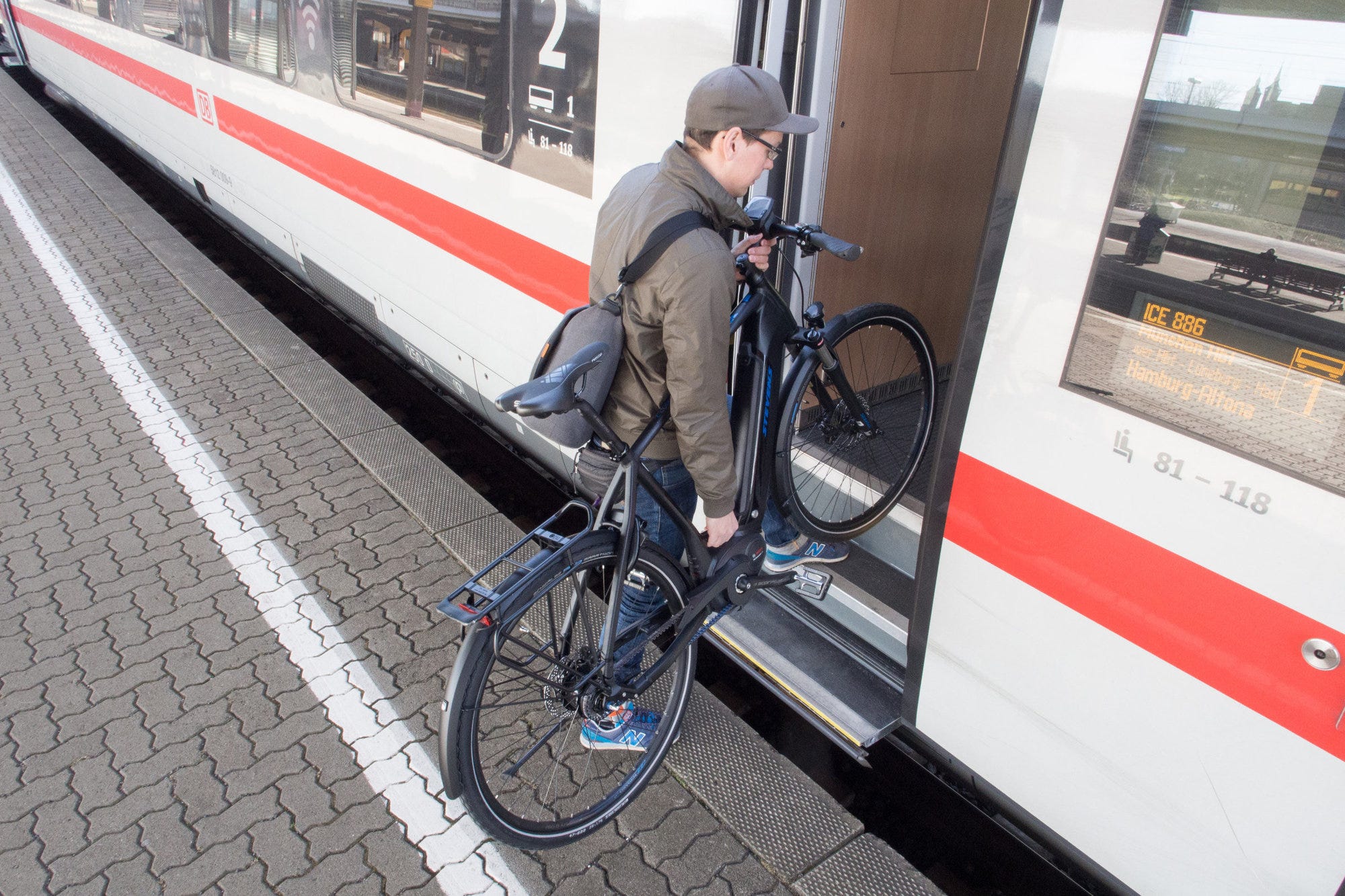

Basically, public transport is the most ecologically sensible way to get to a trail entrance further away. This way you can also ride tours without having to go back to the parked car. Deutsche Bahn now offers bike transport in every train category from regional trains to ICE trains (long-distance trains require prior reservation). Most private railroads are also ideal for transporting bicycles. Initiatives such as "Mit der Bahn in die Berge" (With the train in the mountains) from DB Regio and the German Alpine Club also make it easier to plan tours locally.
Tip 8: Form car pools
If it has to be your own car, for example because the desired location cannot be reached or cannot be reached in a reasonable time and alternative destinations are ruled out (or due to infection control), carpools are a sensible way to conserve resources and save emissions. Local mountain bike communities on social media platforms or in forums like MTB News are good places to get together with like-minded people - and together it's usually even more fun.
Tip 9: Avoid air travel - or at least compensate for it at least
La Palma, Whistler, Queenstown - many dream mountain biking destinations can only be reached by air. Only you can decide if your experience is worth the emission. If so, you can ensure that they are as low as possible, through direct flights or a CO2 offset of the emissions incurred. By the way: Short trips by plane do not make much ecological sense. If you're going to fly, it's better to stay for an appropriately long time. That's a good thing anyway. You have more time to arrive, come down, switch off and enjoy the experience.
Tip 10: Have fun!
We find that the fun of mountain biking also increases when we keep these things in mind and really become aware of them. Because the more considerate we are with the resource environment and with other people, the clearer we take a stand and show attitude, the more the good feeling in ourselves increases - and the more long-term we can enjoy our sport with pleasure.
In this sense, we wish you much joy in sustainable mountain biking!
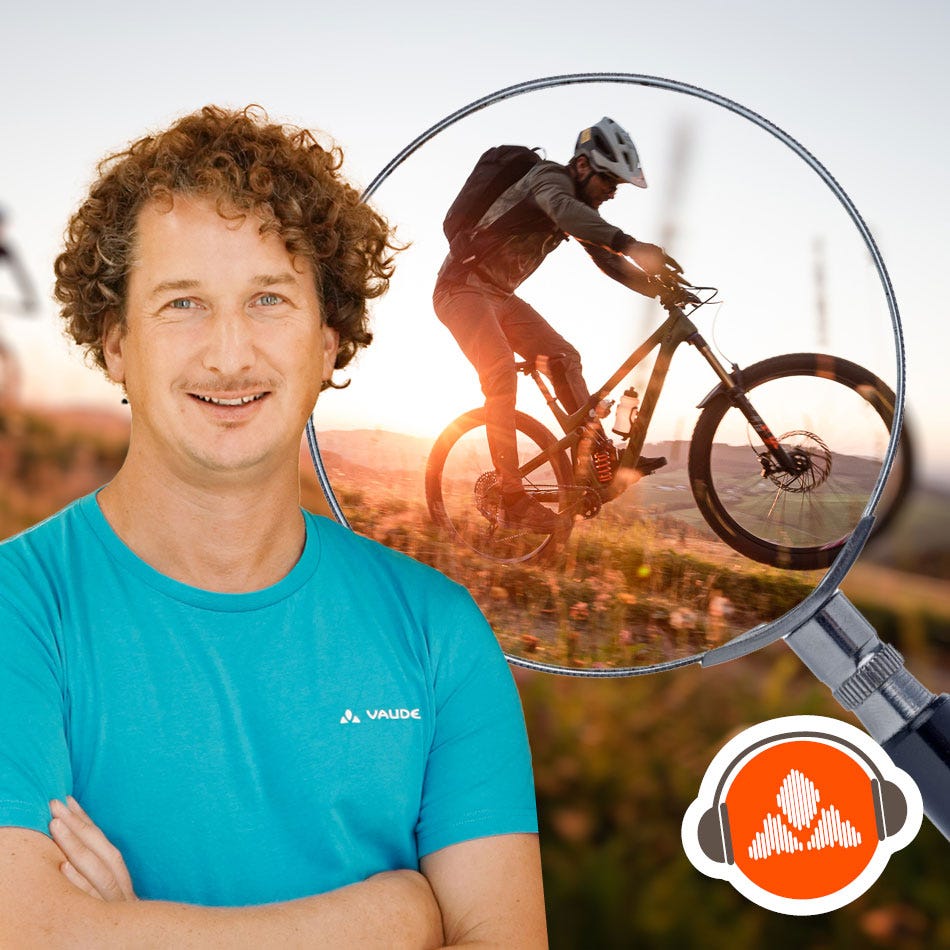

More on this topic in our Mountainbike Podcast
Why mountain biking is more relevant than you think, what conflicts there are, and what each of us can do for a more relaxed coexistence and better trails, you can find out in our podcast with Nico Graaff from the Mountain Bike Tourism Forum Germany.


